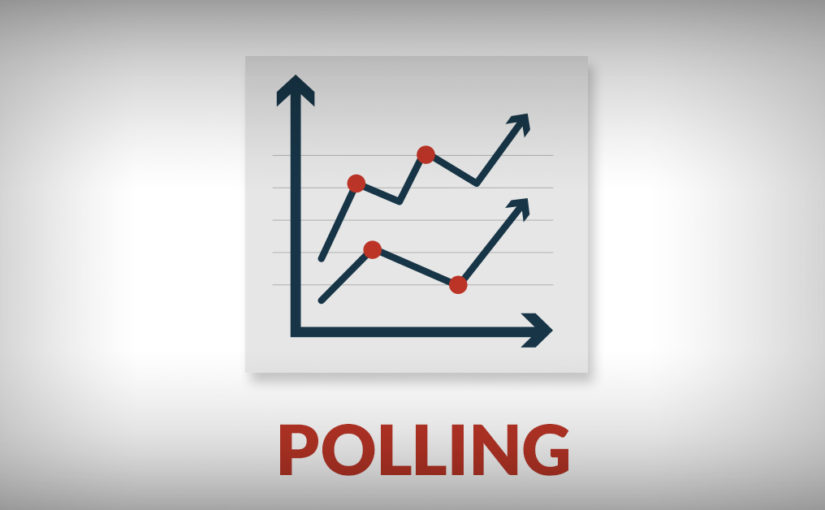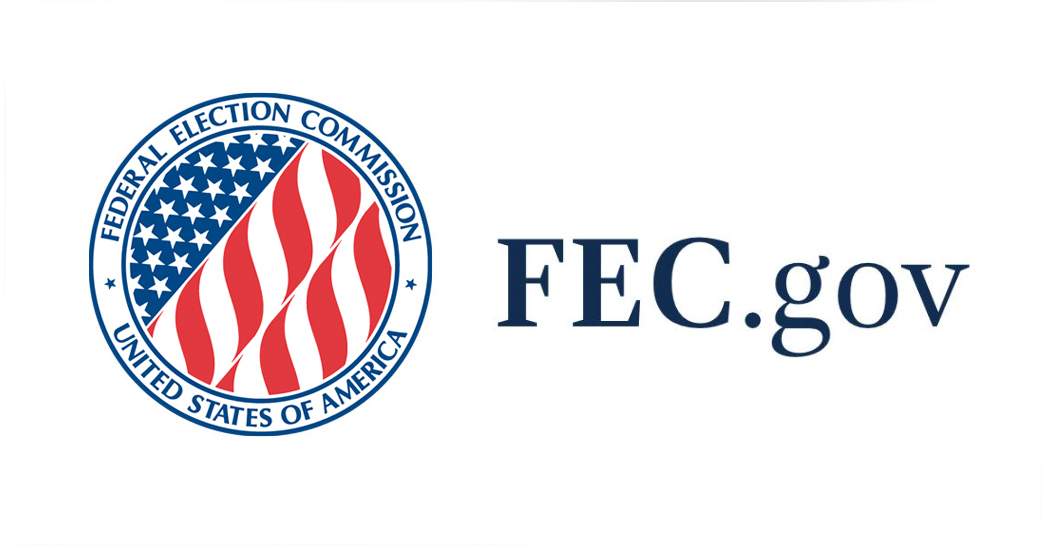SMART Goals ….
It’s a new year and with that comes the need to set new goals, but not just any goals. We mean S.M.A.R.T goals. What does that mean you ask? S.M.A.R.T stands for specific, measurable, attainable, relevant, and timely.
Why are S.M.A.R.T. goals better than regular goals? They’re better because they answer the questions who, what, when, where, and how.
Specific: This answers what exactly you are wanting to achieve. The more specific you are in goal setting, the better. Instead of “I want to get 100 new donors per month”, try “I want to get 100 new donors per month by creating beautiful donation pages and sharing it on social media.” Right there, you have just answered the “how” of accomplishing your goal that wasn’t there before.
Measurable: Setting measurable goals helps you further define your goal by quantifying it. By saying “I want to get 100 new donors per month”, you are quantifying your goal and therefore making it more clear what you need to reach. If your goal was just “I want more donors.”, you don’t know any details such as how many or when or how.
Attainable: Plain and simple, can your goal be accomplished and more specifically in the parameters and conditions you gave it? This question may require you to reflect on you and your organization’s strengths and weaknesses as well as looking at how things have been done and performed in the past. It’s absolutely great to shoot for the stars, just make sure that it is attainable.
Relevant: Why do you want to accomplish this goal? What is the purpose it will serve? Does your team have the skills to make it happen? What is the reason or purpose of accomplishing this goal and what is the result? Do you have the resources to accomplish it? These are the questions you must ask in determining the relevancy of the goal. Qualifying a goal as relevant may help you with determining the S.M.A and T.
Timely: Make a timeline. When do you plan to accomplish this goal by? Even better, be more specific. Create a breakdown of when you plan to accomplish each step towards the greater goal. For example, saying “I want to get 100 new donors by the end of each month” is great because you are saying when the goal needs to be achieved and it will help you stick to a timeline. But if you break that goal down further, you can create more specific timely goals to achieve your greater goal such as “In the first week of each month, I will send out an email to potential donors. In the second week of each month, I will follow up with a phone call…etc.” You are still working towards getting 100 new donors by the end of each month, but by breaking it down, you are being more specific and making your goals more relevant, attainable, specific, and measurable.
So, let’s put it all into action in one cohesive statement. So, you say you want more donors. Your S.M.A.R.T goal could look a little something like this: “Because our team has an upbeat, friendly attitude and great sales skills, we will get 100 new donors by the end of each month in order to increase our contributions and grow our national support.”




